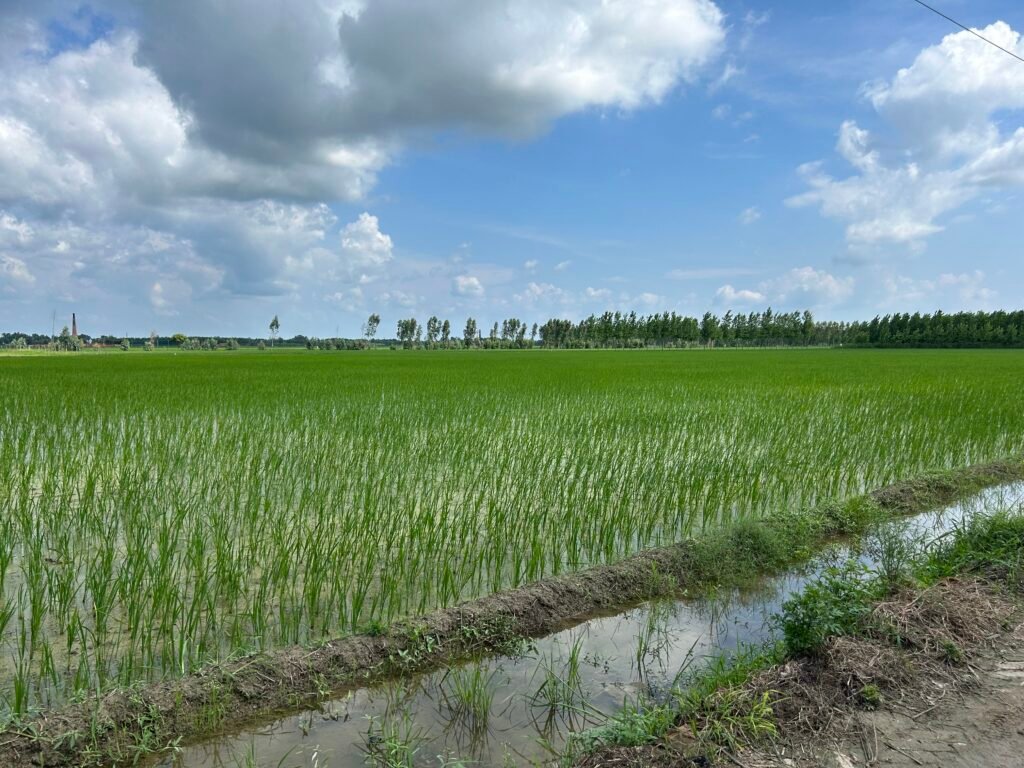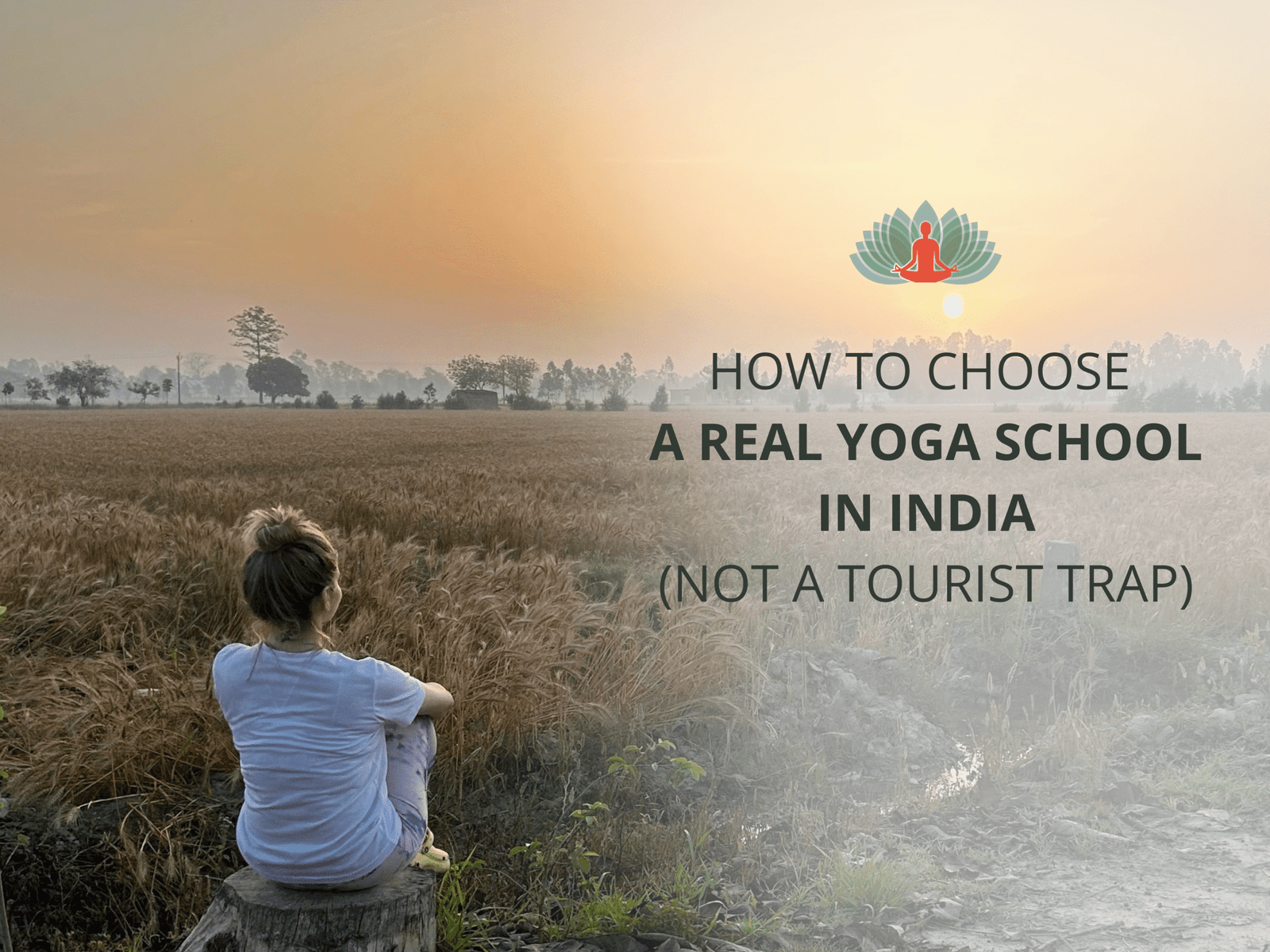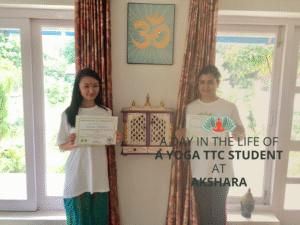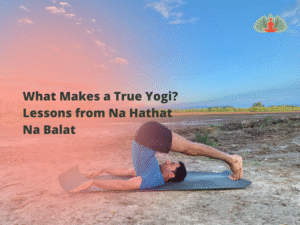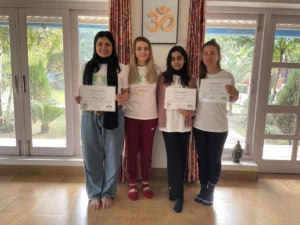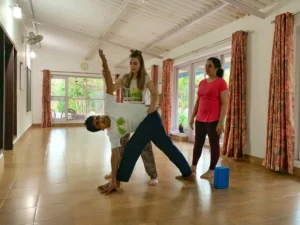Every year, thousands of people travel to India looking for yoga, peace, transformation… and something real.
But many end up in places that sell yoga, without actually offering it.
If you’re dreaming of learning yoga in its birthplace, here’s what you need to know before you book your flight, your teacher training course or your yoga retreat.
The Problem: Yoga Tourism is Booming — But Not Always Truthful
Let’s be honest.
There are places in India where “yoga” is sold like a smoothie — one part stretching, one part Instagram, and just enough spiritual fluff to sound deep. These schools are usually in tourist hubs like Rishikesh, Goa, Dharamsala or Bali-style zones. And while not all of them are bad, many are built for entertainment, rather than transformation.
In these places, you will often find:
– Classes taught by undertrained teachers
– Emphasis on flexibility, not inner work
– Cafés serving vegan cheesecake next to ashrams
– Parties, hook-ups, and drugs
– Quick-fix certificates with no real depth
This mix of yoga + freedom + comfort + “do whatever you want” feels exciting at first, but often leaves you emptier than before.
What Makes a Yoga School Real?
Yoga is not tourism. Yoga is a discipline. A path. A lifelong unfolding.
A real yoga school honors that in its teachings, energy, and environment.
Here’s what to look for:
1. Traditional Lineage or Philosophy
– Real schools are rooted in ancient wisdom — not just Western fitness trends.
– Do they teach Patanjali Yoga Sutras?
– Do they cover philosophy, ethics (Yamas/Niyamas), and lifestyle?
2. Experienced, Grounded Teachers
– Look for teachers who have lived the yogic path, not just passed a 200-hour course.
– Do they live yoga off the mat?
3. Environment That Supports Depth
– Is the school located in nature or surrounded by cafés and crowds?
– Silence, simplicity, and space matter.
4. Clear Structure & Honest Reviews
– A real school will tell you exactly what you’re going to learn — no fluff.
5. A Sense of Service — Not Just Sales
– You can feel it. When a school exists to serve, it feels sincere.
Pros & Cons: Tourist Yoga Hubs vs Real Yoga Schools
| Tourist Yoga Hubs | Authentic Yoga Schools | |
| Easy access | Yes (many options in one place) | No (often rural or remote) |
| Instagrammable | Very | Rarely |
| Community vibe | Social, fun, global crowd | Quiet, focused seekers |
| Teaching depth | Often surface-level | Deep inner work + tradition |
| Price transparency | Often hidden costs | Clear structure |
| Distractions | Many: food, nightlife, drugs | Minimal distractions, more presence |
Final Tips Before You Choose
– Ask yourself: Do I want change or just a memory?
– Check if the school teaches yoga or just uses the word.
– Trust your gut. If something feels “off,” it probably is.
– Don’t pick a school just because your friend went. Choose what feels aligned with YOU.
– Reach out to the teachers directly. Ask questions. Listen to the way they speak not just what they sell.
Looking for a Real Yoga School?
I am Varvara, I live in rural India for nearly 10 years, and I co-run Akshara Yoga School on a sustainable farm, away from tourist chaos.
We don’t sell yoga.
We live it.
And we welcome seekers who are ready to go beyond the surface.
Ready to learn more?
📩 Visit our contact page
📘 Download our Free E-book: https://aksharayogaschool.com/ebook/
📍 Follow @aksharayoga on Instagram for real India insights
